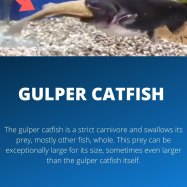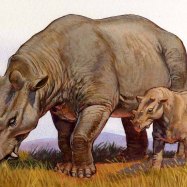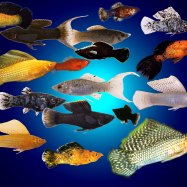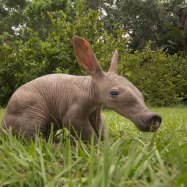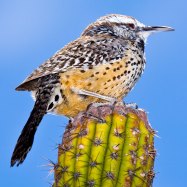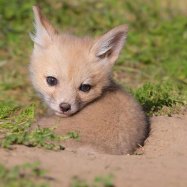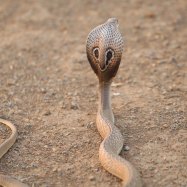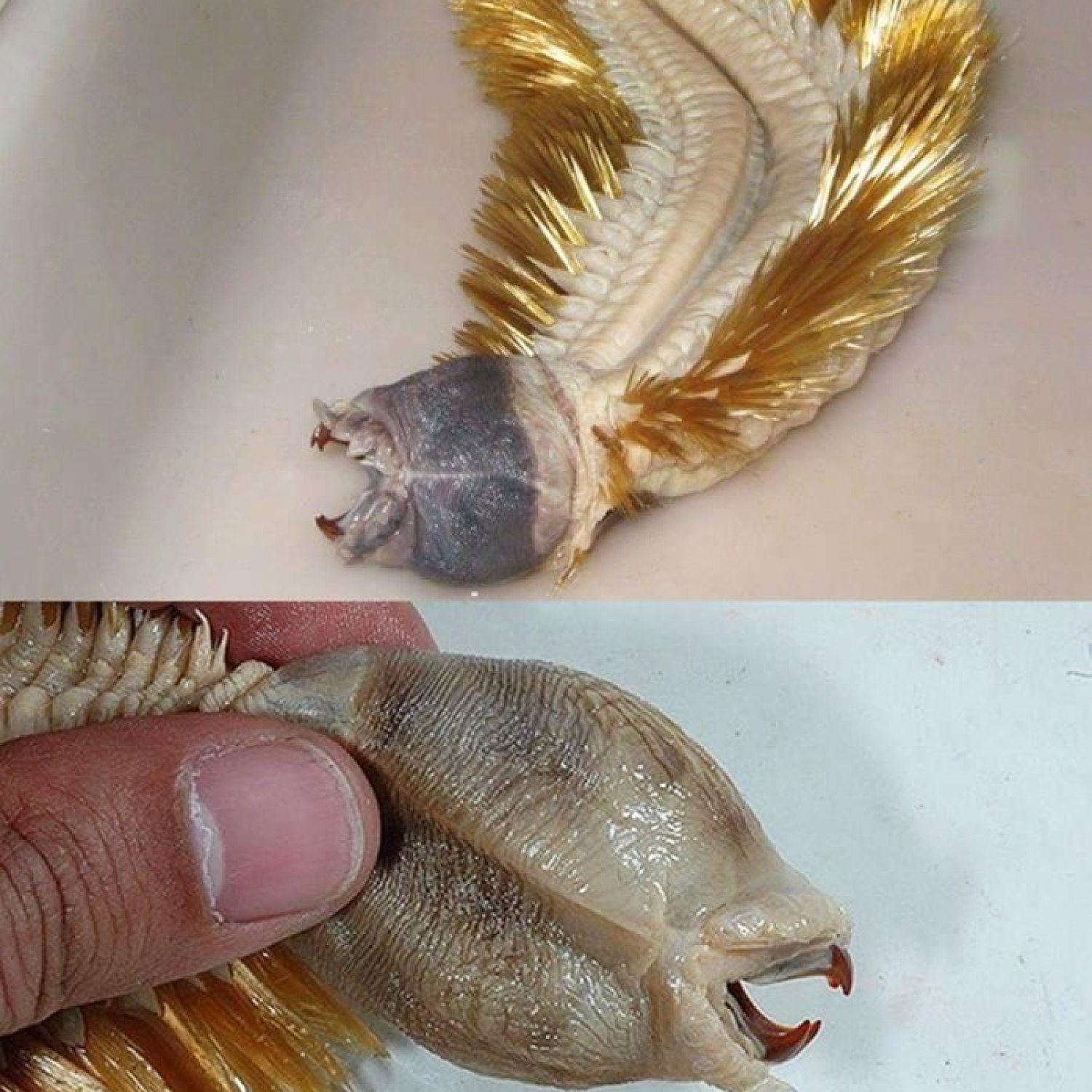
Antarctic Scale Worm
Up to 30 cm
The Antarctic Scale Worm is a fascinating creature found in the depths of the ocean. Belonging to the Polynoidae family, these slim and long worms can grow up to 30 cm in length. Despite their name, they are not actually worms, but marine polychaetes. Their unique scale-like appearance and adaptation to the extreme deep-sea environment make them a wonder to behold. Next time you explore the deep ocean, keep an eye out for these impressive creatures!
Animal Details Summary:
Common Name: Antarctic Scale Worm
Kingdom: Animalia
Habitat: Deep-sea habitats, primarily found in the Southern Ocean
Discover the Fascinating Antarctic Scale Worm
From the icy, remote waters of the Southern Ocean comes a creature that is both beautiful and mysterious. The Antarctic Scale Worm, also known by its scientific name Eulagisca, is a unique species of polychaete worm that has captivated scientists and researchers with its curious characteristics. This deep-sea dweller has a distinct appearance, interesting feeding habits, and a distribution range that is limited to the cold waters of Antarctica. Let's dive deeper and explore the intriguing world of the Antarctic Scale Worm Antarctic Scale Worm.A Unique Species
The Antarctic Scale Worm belongs to the kingdom Animalia, the most diverse and abundant group of organisms on Earth. Within this kingdom, it falls under the phylum Annelida, which includes segmented worms such as earthworms, leeches, and polychaetes. The Antarctic Scale Worm belongs to the class Polychaeta, which is a group of marine annelids characterized by their numerous bristly structures called setae. This class is further classified into the order Phyllodocida, which consists of more than 1,800 species, including the beautiful and elusive Antarctic Scale Worm. Finally, the Antarctic Scale Worm is a member of the family Polynoidae, which contains over 800 species of scale worms found worldwide.A Habitat Like No Other
The Antarctic Scale Worm has a very distinctive preferred habitat. It is primarily found in the deep-sea regions of the Southern Ocean, making it one of the few species that are endemic to Antarctica. These deep-sea habitats are located at a depth of 4000 meters or more, where temperatures are near freezing and light is scarce. The Southern Ocean is famously known for its harsh conditions and is the coldest and most isolated ocean on the planet, making it a challenging environment for most marine creatures Armadillo Lizard. However, the Antarctic Scale Worm thrives in this icy ecosystem, making it a truly remarkable species.Carnivorous by Nature
The Antarctic Scale Worm is a carnivore, which means it feeds on other animals. Its preferred diet includes small invertebrates such as mollusks, crustaceans, and even other polychaete worms. This worm has a unique feeding strategy, where it uses its muscular jaws to grab and cut its prey into smaller pieces, which it then swallows whole. The Antarctic Scale Worm has been observed to be highly opportunistic, and it takes advantage of any food sources that may be available in its deep-sea habitat. This type of carnivorous feeding behavior is an essential adaptation for a species living in such a food-scarce environment.The Southern Ocean's Resident
The Antarctic Scale Worm is endemic to the Southern Ocean, and its distribution range is limited within these waters. It is most commonly found in the Weddell Sea, Ross Sea, and the Amundsen Sea, which are located in the Antarctic region. This species is incredibly elusive, and its population density remains unknown due to the challenges of studying deep-sea creatures. However, scientists estimate that their numbers may be low, and their range may be restricted due to the isolated and harsh nature of their habitat.The Story of a Stunning Creature
The Antarctic Scale Worm is a visually striking species, with its body being the highlight of its beauty. It is long and slender, with the typical polychaete shape of elongated and segmented bodies. The scale worm's most prominent feature is the presence of bright orange or red scales covering its body, giving it an appearance similar to that of a dragon. These scales, called elytra, are attached to its body segments, providing physical protection and support. Interestingly, the Antarctic Scale Worm's scales were found to have evolved to perform a dual function, not only providing protection but also increasing the worm's swimming ability, allowing it to find food and shelter more efficiently in its deep-sea habitat.A Creature of Impressive Length
The Antarctic Scale Worm is one of the largest species of scale worms found in the world. It can grow up to 30 cm in length, making it a significant size for a deep-sea creature. However, due to its elusive nature, it is challenging to observe and study this species in its natural environment, making it challenging to determine its exact size range and other physical characteristics. Nevertheless, the little information we have about this creature is enough to recognize its uniqueness and beauty.The Fascinating Life of the Antarctic Scale Worm
The story of the Antarctic Scale Worm is one that continues to intrigue scientists and researchers. Its rare and elusive nature, along with its remarkable adaptations, makes it a fascinating subject of study. However, with the increasing threat of climate change on the Antarctic ecosystem, the future of this species is uncertain. It is crucial for us to recognize the importance of all living beings, no matter how big or small, and protect their homes. The Antarctic Scale Worm is just one of many incredible species that call our planet home, and it is our responsibility to preserve their existence for generations to come.

Antarctic Scale Worm
Animal Details Antarctic Scale Worm - Scientific Name: Eulagisca
- Category: Animals A
- Scientific Name: Eulagisca
- Common Name: Antarctic Scale Worm
- Kingdom: Animalia
- Phylum: Annelida
- Class: Polychaeta
- Order: Phyllodocida
- Family: Polynoidae
- Habitat: Deep-sea habitats, primarily found in the Southern Ocean
- Feeding Method: Carnivorous
- Geographical Distribution: Southern Ocean
- Country of Origin: Antarctica
- Location: Deep-sea
- Animal Coloration: Orange or red
- Body Shape: Long and slim
- Length: Up to 30 cm
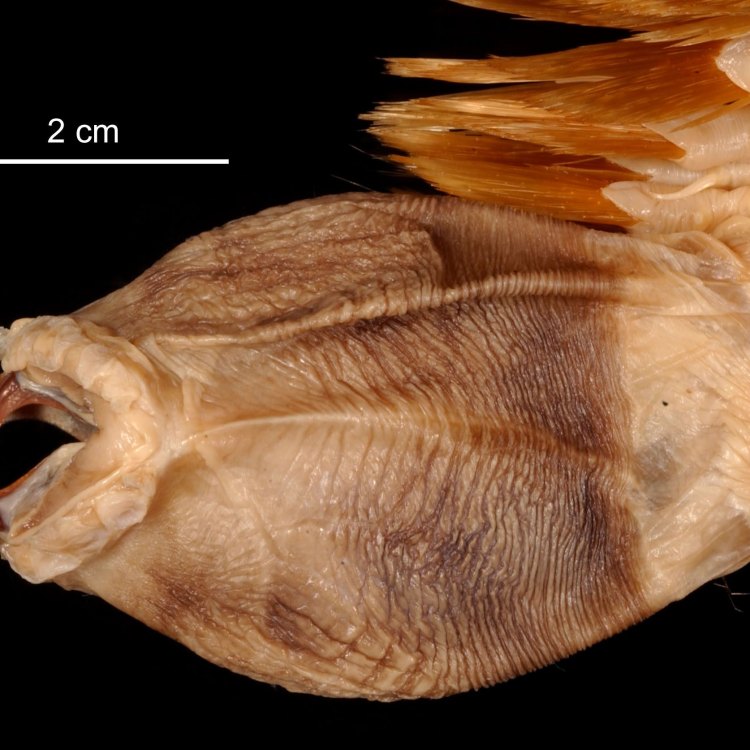
Antarctic Scale Worm
- Adult Size: Up to 30 cm
- Average Lifespan: Unknown
- Reproduction: Sexual
- Reproductive Behavior: External fertilization
- Sound or Call: No sound or call
- Migration Pattern: Unknown
- Social Groups: Solitary
- Behavior: Burrows in the soft sediment, predates on small organisms
- Threats: Unknown
- Conservation Status: Not evaluated
- Impact on Ecosystem: Unknown
- Human Use: None
- Distinctive Features: Segmented body, numerous scales along the body
- Interesting Facts: Antarctic Scale Worms have a unique ability to regenerate their bodies after being damaged or cut in half.
- Predator: Unknown
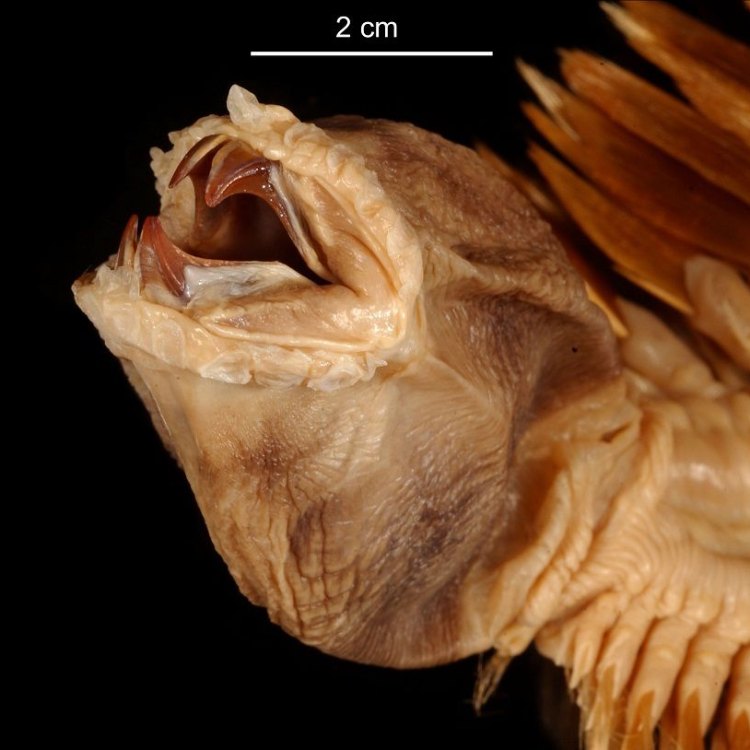
Eulagisca
Uncovering the Mysteries of the Antarctic Scale Worm
Deep in the frigid waters of the Antarctic lies a mysterious creature that has captured the fascination of scientists and marine enthusiasts alike. Meet the Antarctic Scale Worm, a unique species that boasts an impressive size and a rare ability to regenerate its body.With an adult size of up to 30 cm, the Antarctic Scale Worm may not seem like a giant compared to other ocean creatures. But what sets it apart from others is its distinctive segmented body, covered in numerous scales that give it a one-of-a-kind appearance PeaceOfAnimals.Com. These scales, which are used for protection, are made of hardened chitin and can be found along the entirety of the worm's body.
Unlike other worm species, the Antarctic Scale Worm has a solitary nature and is rarely seen in groups. Its social behavior remains a mystery, as little is known about its interaction with other organisms. And while it has been observed to burrow in the soft sediment, its migration patterns are still unknown.
One thing we do know is that the Antarctic Scale Worm reproduces sexually, with external fertilization. This means that the female releases her eggs into the water, and the male then fertilizes them. This type of reproductive behavior is common in marine animals, allowing them to produce a large number of offspring at once to increase their chances of survival.
But what makes the Antarctic Scale Worm truly remarkable is its ability to regenerate its body. When damaged or cut in half, this creature can regrow its body parts, a process known as regeneration Australian Gecko. This unique capability has caught the attention of scientists, who are studying the mechanisms behind this extraordinary feat.
The average lifespan of the Antarctic Scale Worm is still unknown, but some estimates suggest that it could live for several years. However, this is just speculation, as no individuals have been observed for a significant period to determine their lifespan accurately.
One would assume that such a large and formidable creature would have some sort of predator. However, little is known about the predator of the Antarctic Scale Worm, if it has any at all. Its elusive nature and solitary behavior make it challenging to study, and its ability to burrow in the sediment makes it difficult to observe in its natural habitat. This leaves the question of its predator unanswered for now.
The Antarctic Scale Worm's impact on the ecosystem is also unknown. As it preys on small organisms, it likely plays a role in controlling their populations. However, its exact role and the significance of its presence in the Antarctic ecosystem are still being studied.
Despite its fascinating features and unique abilities, the conservation status of the Antarctic Scale Worm remains unassessed. This is due to the lack of information about its population size and threats. As researchers continue to uncover more about this species, its conservation status may be evaluated in the future.
The Antarctic Scale Worm's isolation in the cold, dark waters of the Antarctic has limited human interaction with it. Unlike other ocean creatures, it has no known human uses. This could be due to its relatively small size and solitary behavior, making it challenging to capture and utilize.
As scientists continue to study this mysterious worm, they have made some interesting discoveries. Studies have shown that the Antarctic Scale Worm's scales are made of a protein that is different from other animal scales, indicating a unique evolutionary process. Additionally, researchers have found that the worm's digestive system is lined with bacteria that aid in the breakdown of food, further highlighting its distinct features.
Another fun fact about the Antarctic Scale Worm is that, unlike most marine animals, it does not produce any type of sound or call. This is likely due to its solitary nature, as it has no need for communication in the same way as social creatures do.
While there are still many unknowns about the Antarctic Scale Worm, its fascinating features and abilities make it a compelling subject for study. Its unique adaptations and elusive nature have captured the interest of scientists, who continue to unravel the mysteries of this creature.
In conclusion, the Antarctic Scale Worm may not be the most well-known or iconic creature living in the depths of the Antarctic, but it is undoubtedly one of the most intriguing. With its impressive size, distinctive features, and rare regenerative abilities, it serves as a reminder of the incredible diversity of life that exists in our world's oceans. As more research is conducted and new discoveries are made, the Antarctic Scale Worm continues to be a fascinating and mysterious creature that leaves us with more questions than answers.
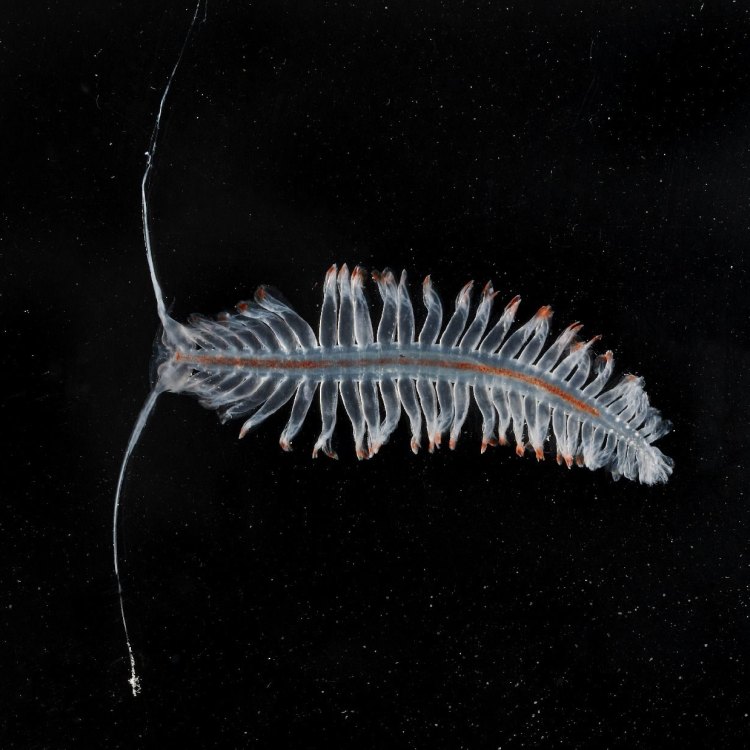
Discover the Fascinating Antarctic Scale Worm
Disclaimer: The content provided is for informational purposes only. We cannot guarantee the accuracy of the information on this page 100%. All information provided here may change without prior notice.

